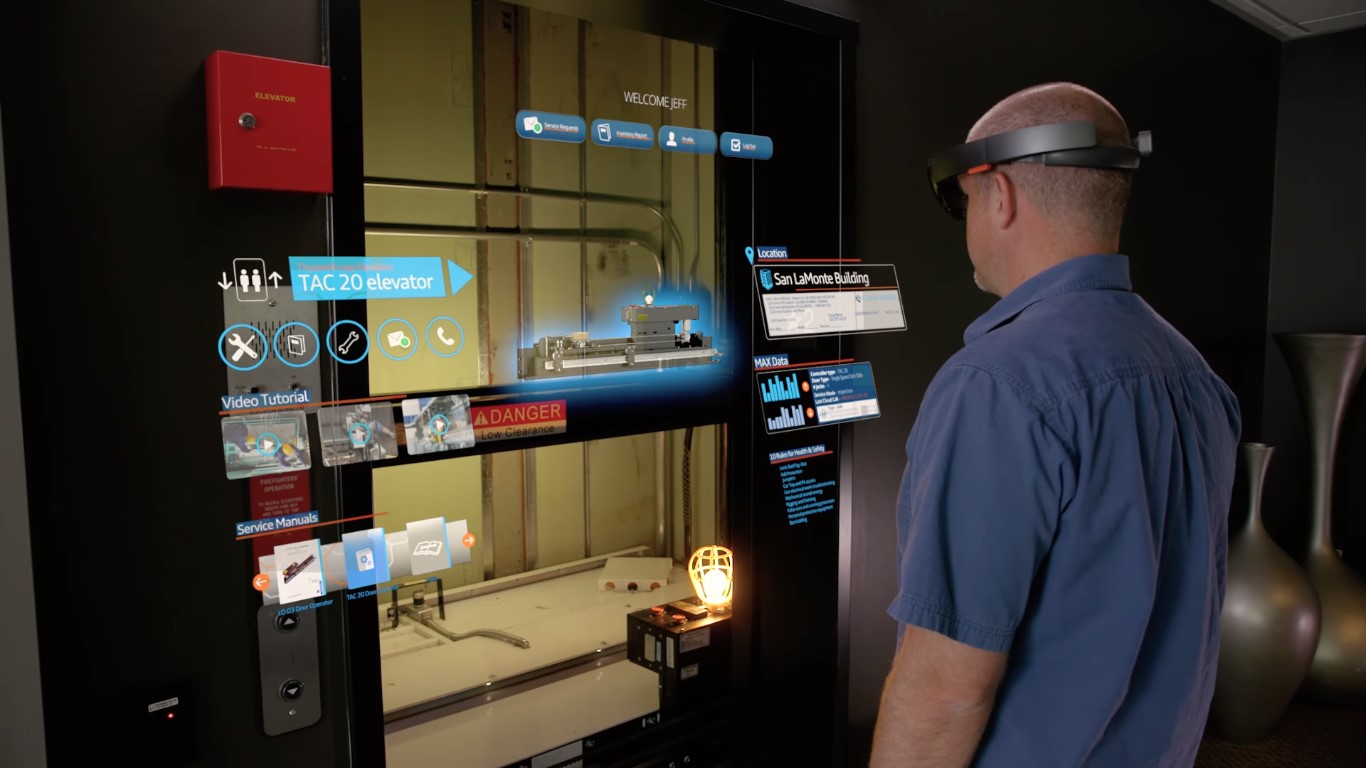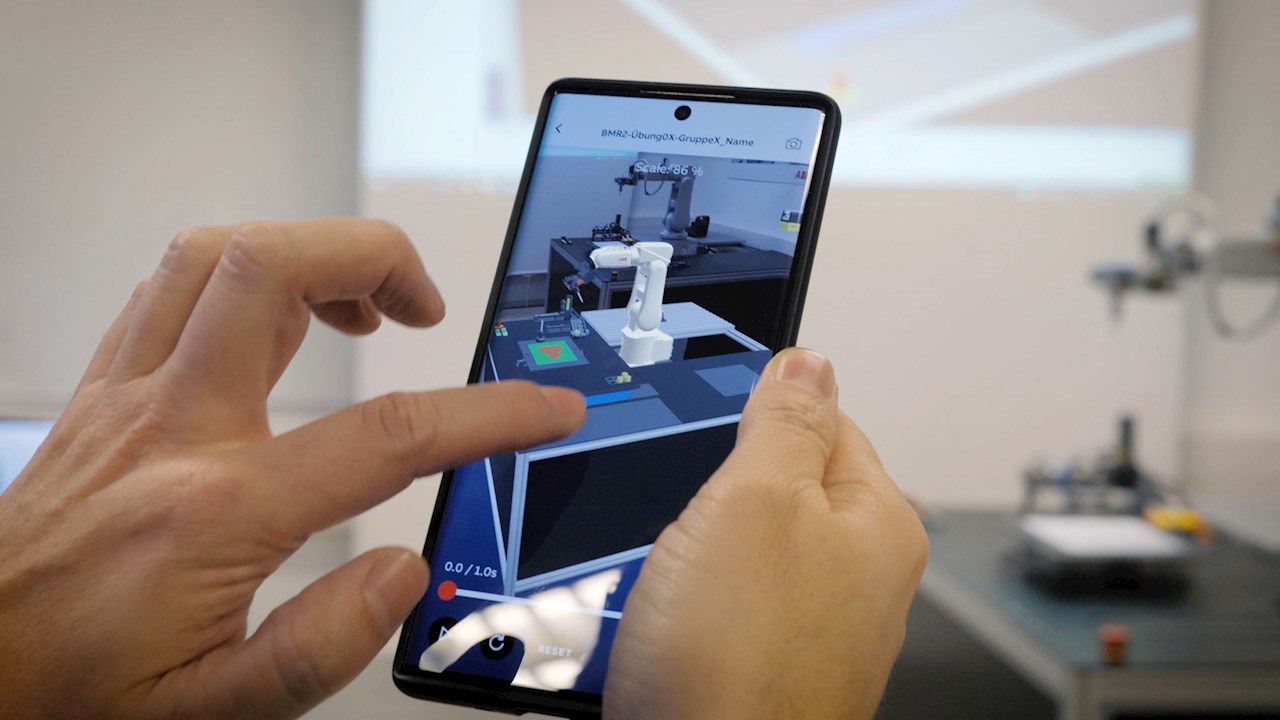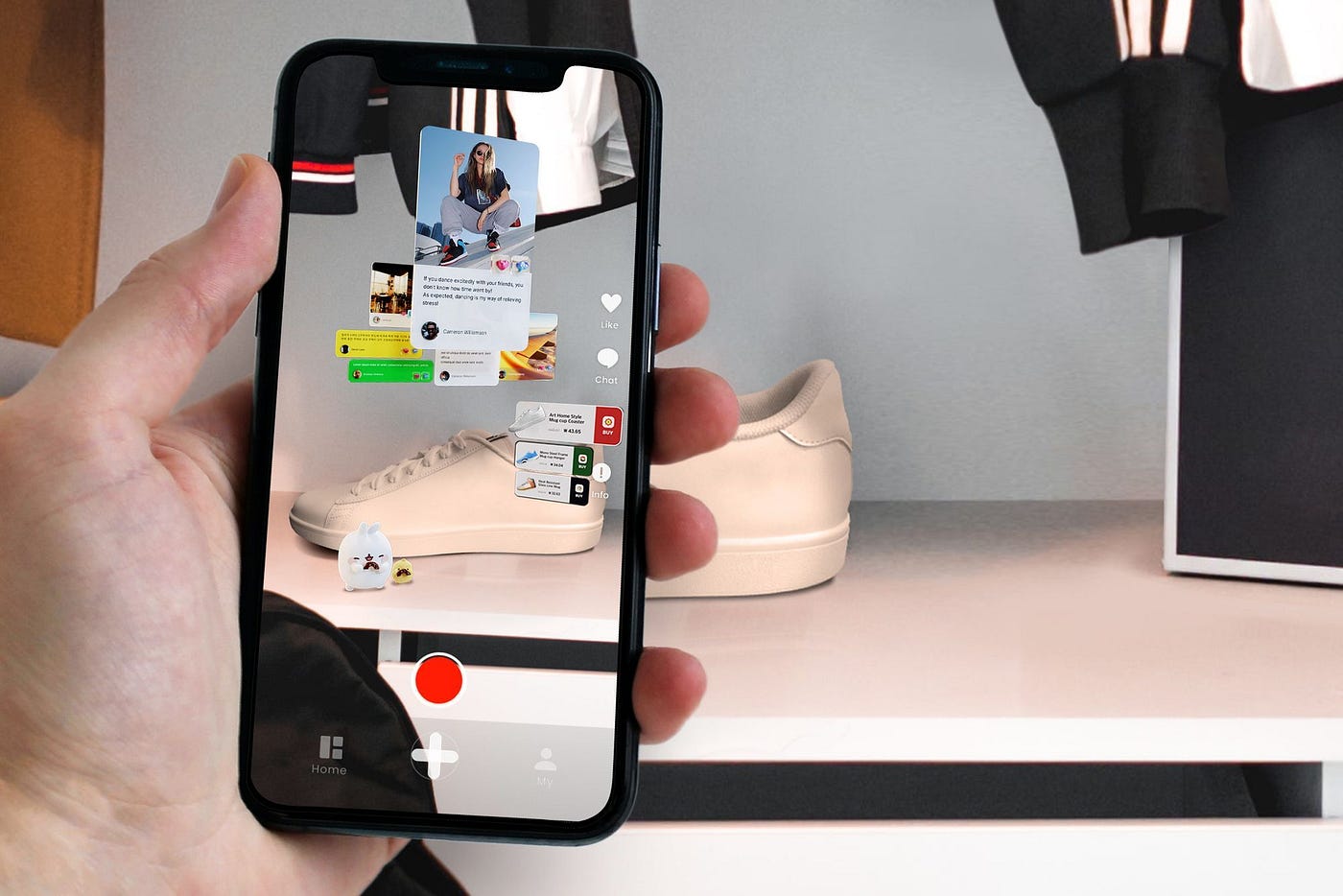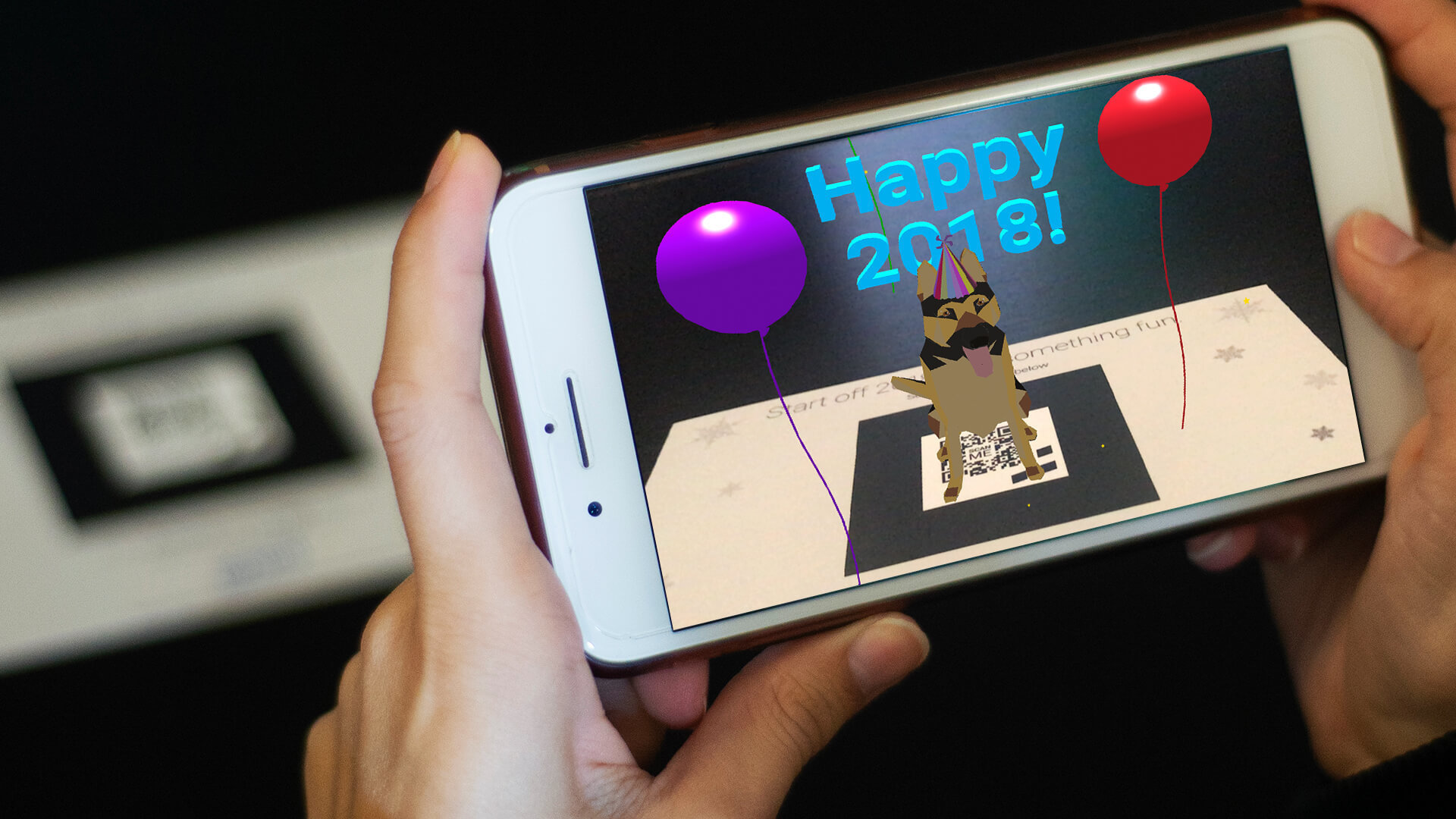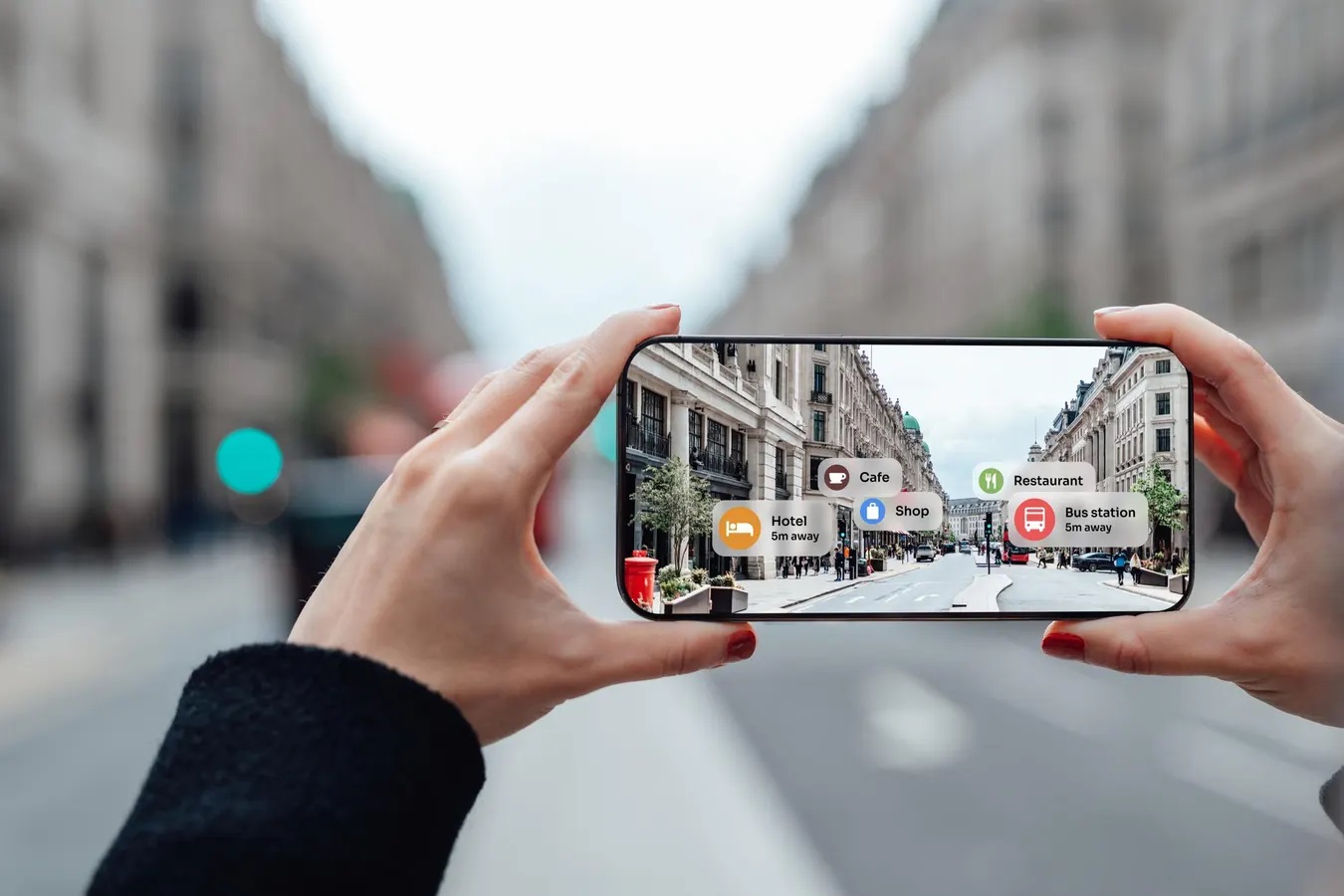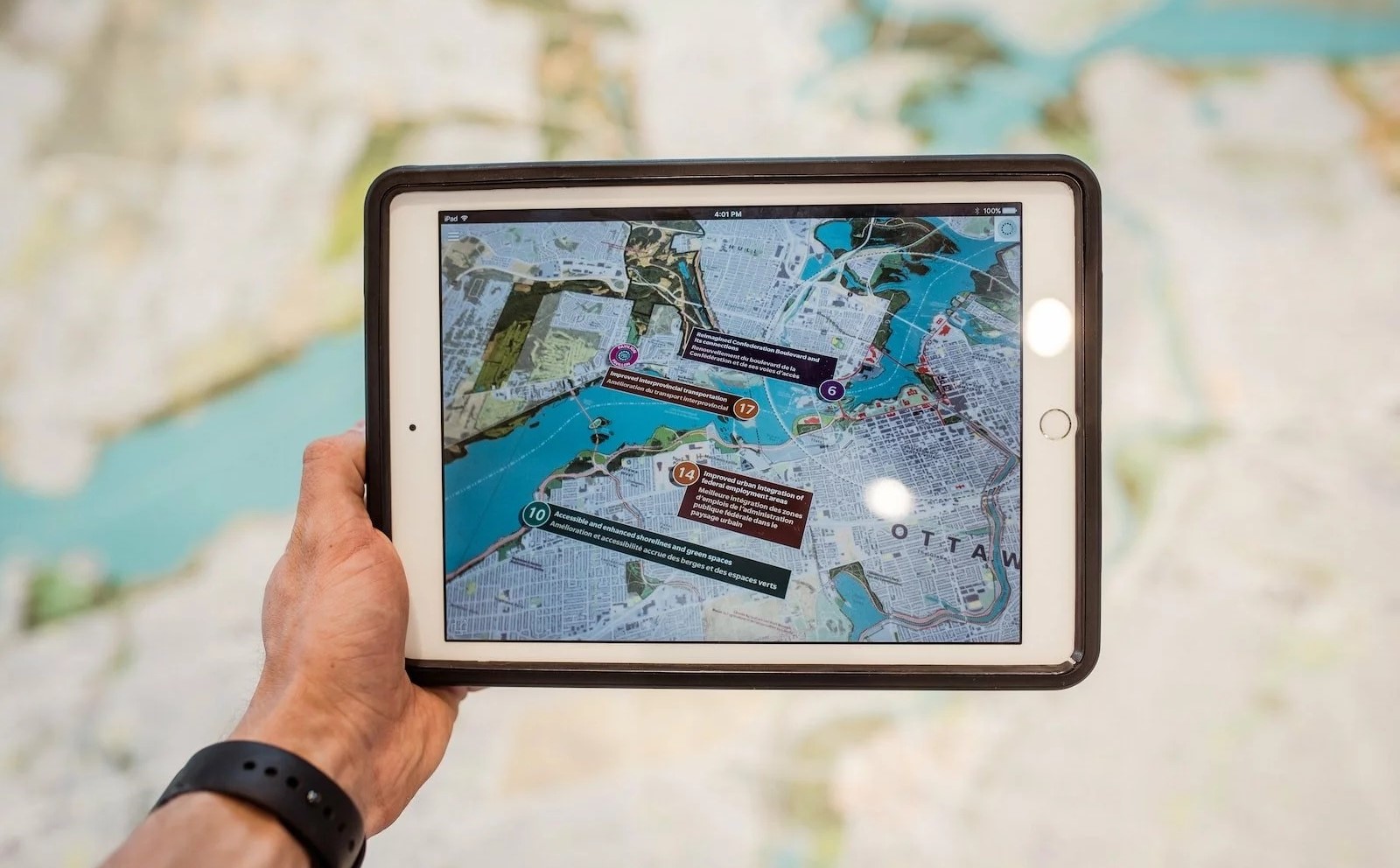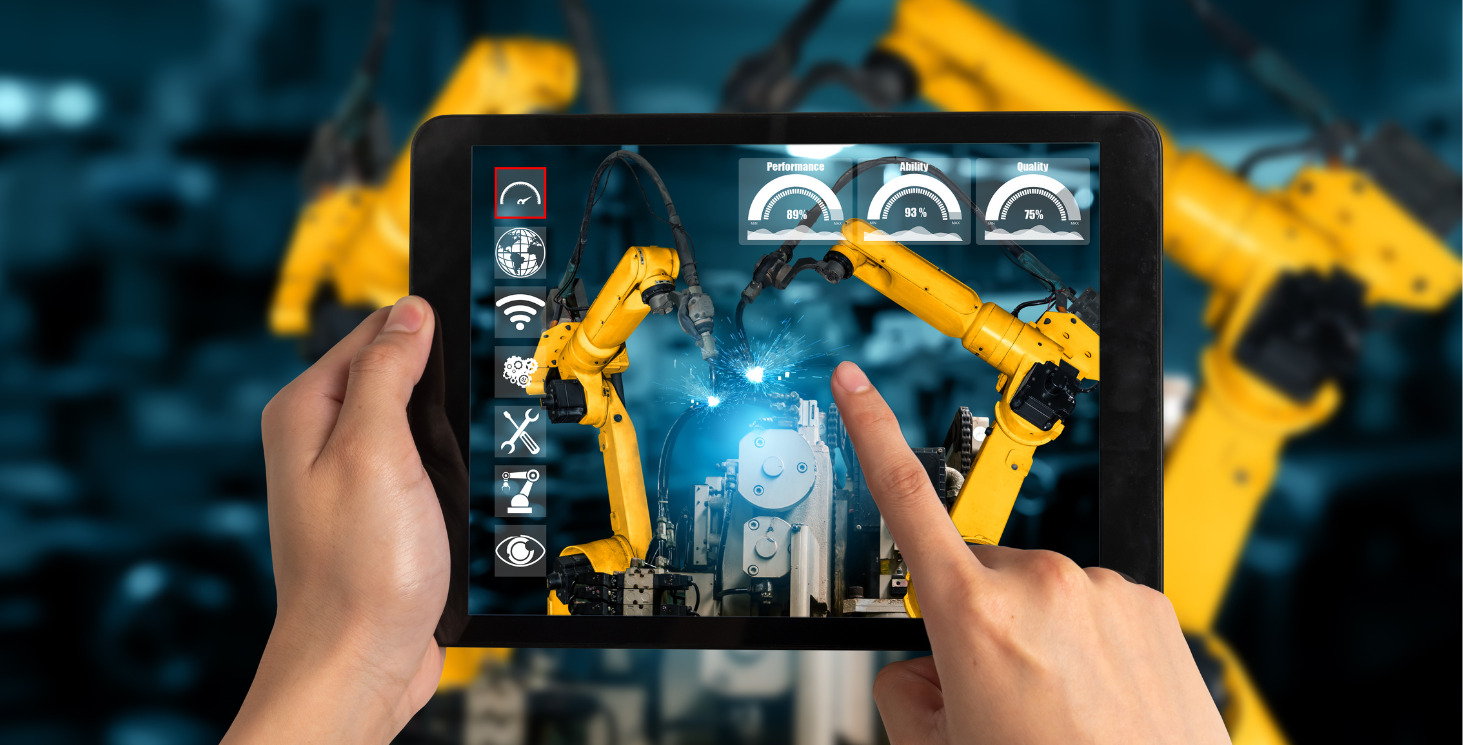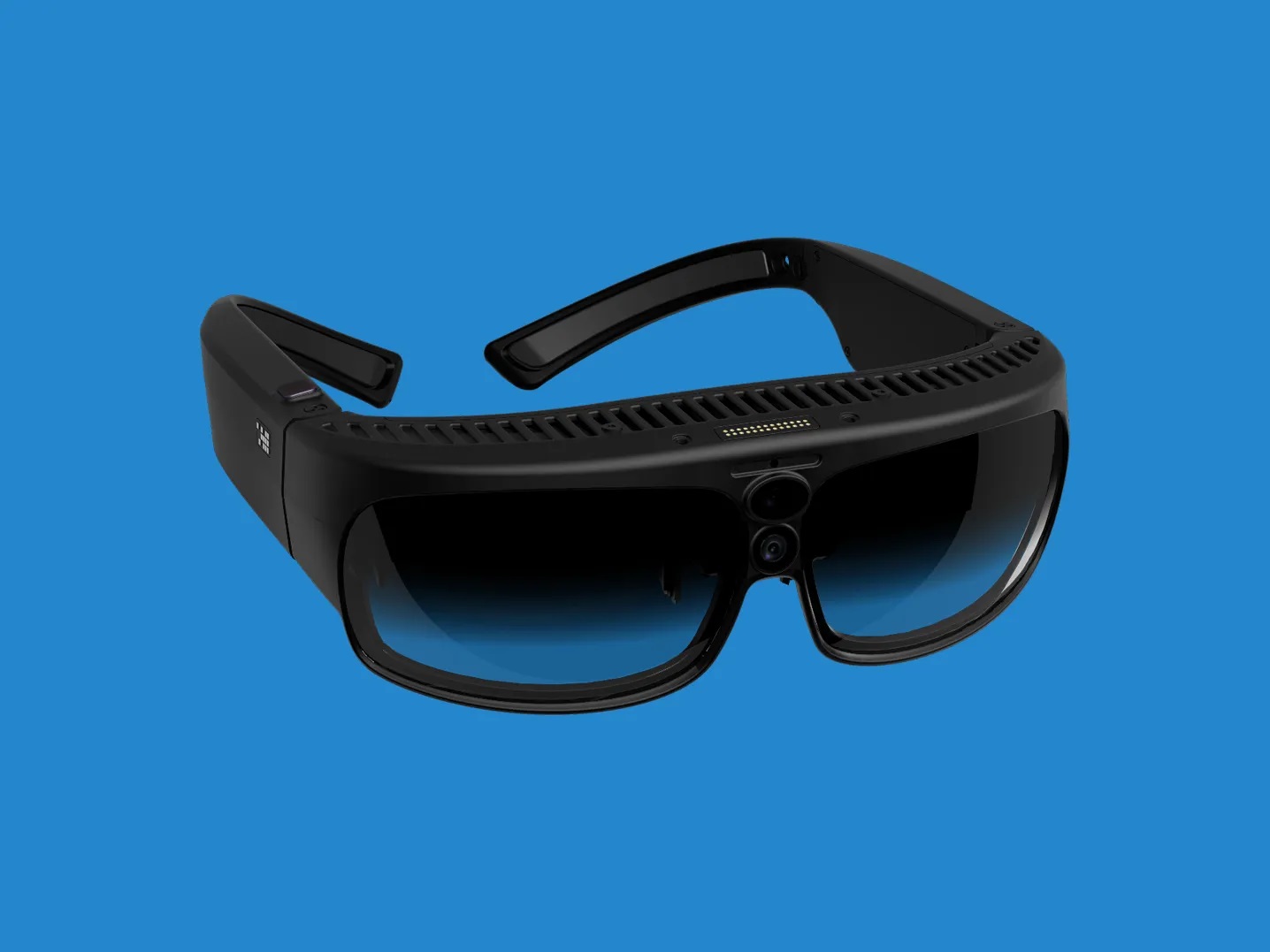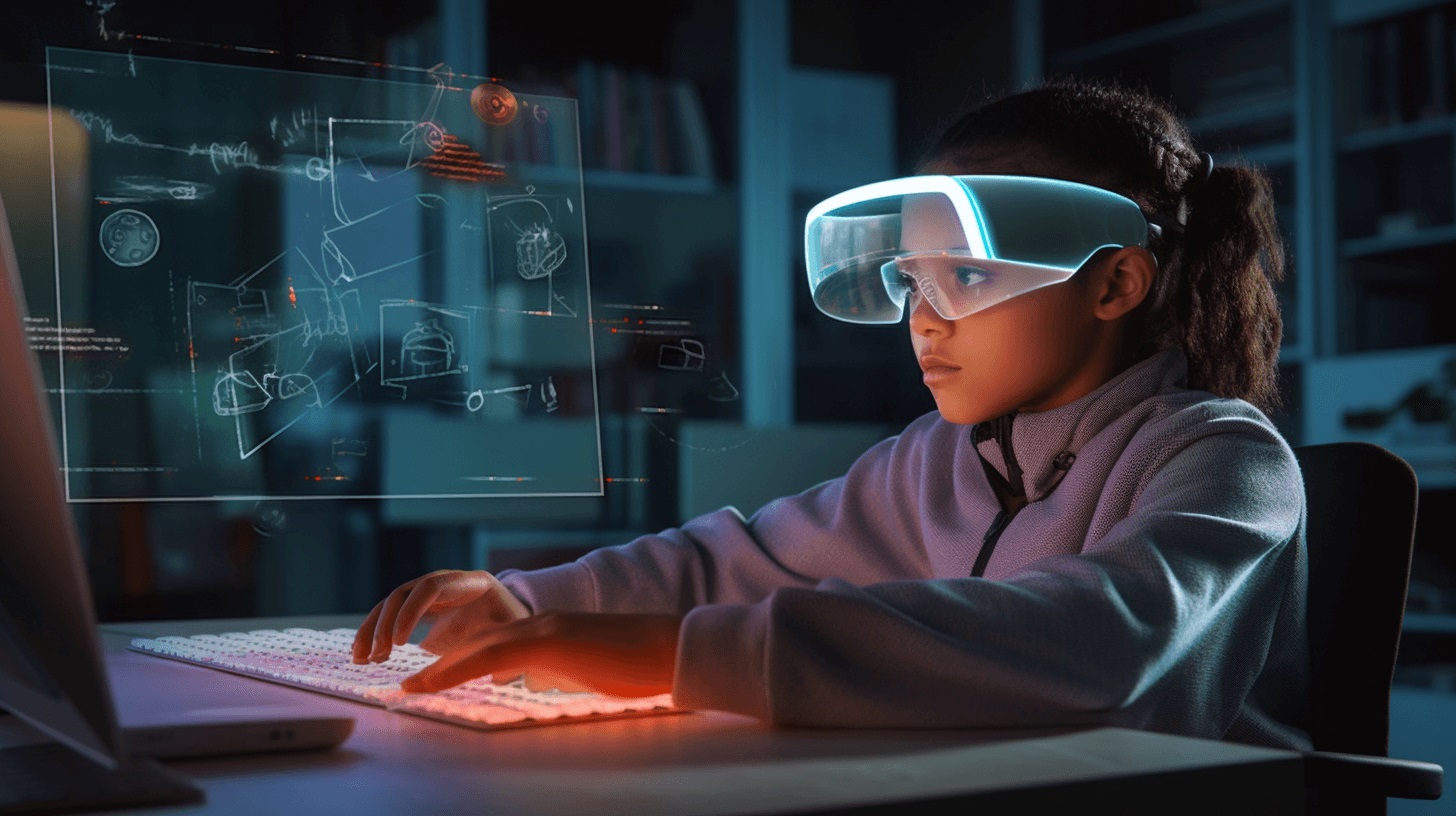Home>Latest News>Technology Trends>The Future of Augmented Reality
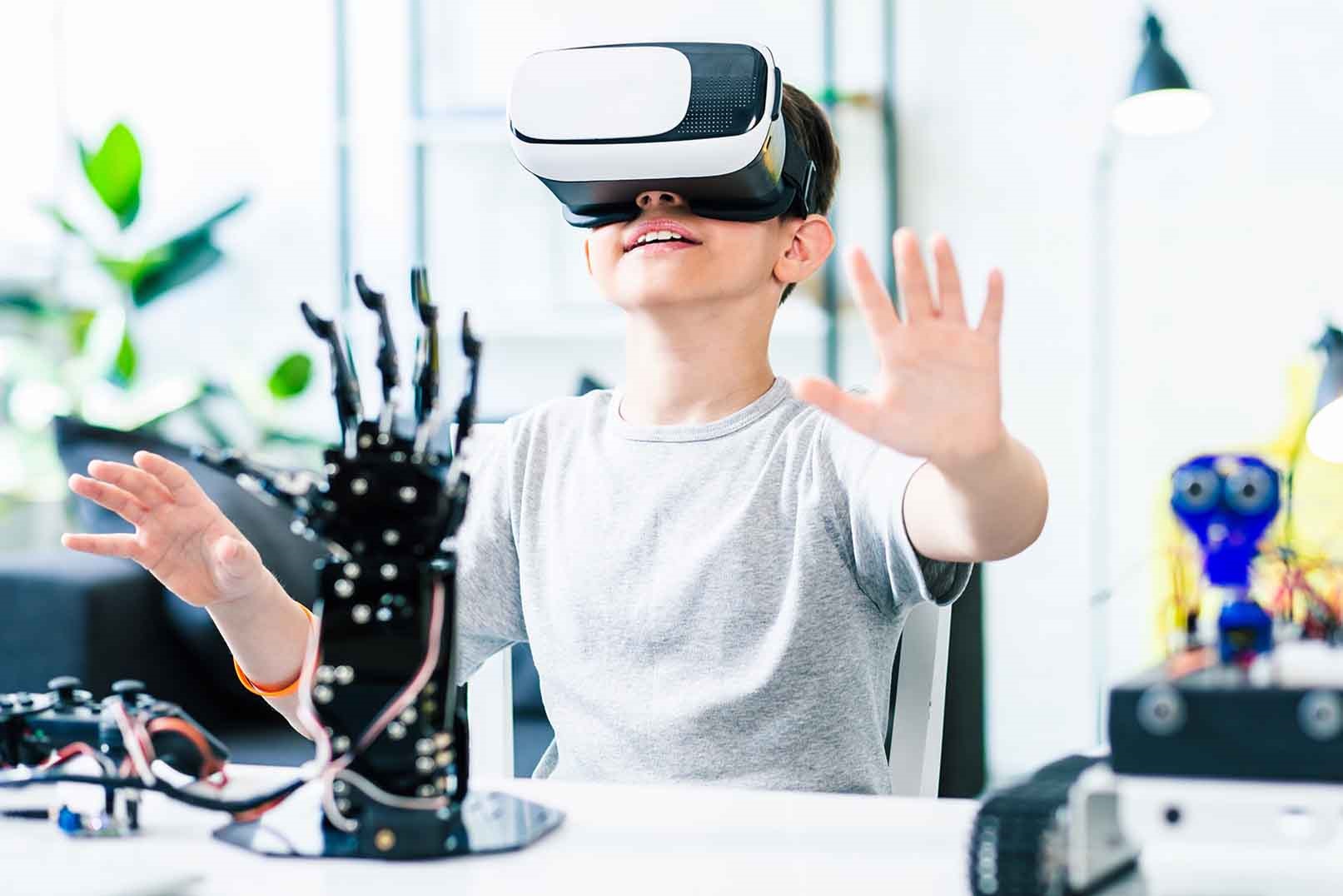

Technology Trends
The Future of Augmented Reality
Modified: September 5, 2024
Stay ahead of the curve with the latest in technology trends. Explore the future of augmented reality and its impact on the digital landscape.
(Many of the links in this article redirect to a specific reviewed product. Your purchase of these products through affiliate links helps to generate commission for Techsplurge.com, at no extra cost. Learn more)
Table of Contents
The Future of Augmented Reality in Manufacturing and Construction
Augmented reality (AR) has been transforming various industries, including manufacturing and construction, by enhancing the way people interact with their environment. This technology overlays digital information onto the real world, providing users with a more immersive and interactive experience. In this article, we will explore the current state of AR, its applications in manufacturing and construction, and the potential future developments that are expected to shape these industries.
Read more: AR Technology: Enhancing the Future
Current State of Augmented Reality
Augmented reality has been around for several decades, but it has only recently gained significant attention due to advancements in technology. The term "augmented reality" was first coined by Tom Caudell in 1990, but it wasn't until the release of Pokémon Go in 2016 that AR became mainstream. Since then, numerous companies have invested heavily in AR technology, leading to significant improvements in hardware and software.
Hardware Advancements
One of the key factors driving the adoption of AR is the improvement in hardware. Smart glasses, head-mounted displays (HMDs), and smartphones with advanced cameras are now capable of rendering high-quality AR experiences. For instance, devices like Microsoft HoloLens and Magic Leap One have revolutionized the way we interact with digital information in real-time.
Software Development
The software side of AR has also seen substantial growth. Platforms like Unity and Unreal Engine provide developers with robust tools to create complex AR applications. These platforms support various programming languages and offer extensive libraries for handling tasks such as object recognition, spatial mapping, and gesture recognition.
Applications in Manufacturing
Manufacturing is one of the industries where AR is being widely adopted. Here are some of the key applications:
Training and Onboarding
In manufacturing, training new employees can be a time-consuming and costly process. AR can significantly streamline this process by providing interactive tutorials that guide workers through complex tasks. For example, an AR system might display step-by-step instructions on how to assemble a machine or repair a piece of equipment. This not only reduces the learning curve but also ensures that new employees are properly trained from the outset.
Quality Control
Quality control is another area where AR is making a significant impact. By overlaying digital information onto physical products, AR can help inspectors identify defects more efficiently. For instance, an AR system might highlight areas where a product does not meet specifications, allowing inspectors to take corrective action quickly.
Inventory Management
Inventory management is a critical aspect of manufacturing, and AR can help optimize this process. By scanning barcodes or using object recognition technology, AR systems can provide real-time information about inventory levels, helping manufacturers avoid stockouts and overstocking.
Design and Prototyping
Design and prototyping are also areas where AR is being used extensively. Designers can use AR to visualize products in 3D, allowing them to make changes and adjustments before the product is even manufactured. This reduces the need for physical prototypes, saving time and resources.
Read more: The Advantages of Augmented Reality
Applications in Construction
Construction is another industry where AR is being increasingly adopted. Here are some of the key applications:
Site Planning and Visualization
Site planning is a crucial step in construction projects. AR can help architects and engineers visualize the project site in 3D, allowing them to identify potential issues and make necessary adjustments before construction begins. This reduces the likelihood of costly mistakes during the actual construction phase.
Guided Workflows
Guided workflows are another significant application of AR in construction. By overlaying digital instructions onto the physical site, AR can guide workers through complex tasks such as laying pipes or installing electrical wiring. This not only improves efficiency but also ensures that tasks are completed correctly.
Safety Enhancements
Safety is a top priority in construction, and AR can play a crucial role in enhancing safety protocols. For example, AR systems can provide real-time alerts about potential hazards such as falling objects or uneven surfaces. This helps workers stay safe while working on site.
Read more: Augmented Reality Business Card
Collaboration Tools
Collaboration is essential in construction projects, which often involve multiple stakeholders. AR can facilitate collaboration by providing a shared virtual workspace where architects, engineers, contractors, and other stakeholders can interact with the project site in real-time. This enhances communication and reduces misunderstandings.
Future Developments
The future of AR in manufacturing and construction looks promising, with several developments expected to shape these industries:
Advancements in Hardware
Future advancements in hardware will continue to improve the AR experience. For instance, the development of more advanced sensors and cameras will enable AR systems to recognize objects more accurately and provide higher resolution displays. Additionally, advancements in battery technology will extend the battery life of AR devices, making them more practical for extended use.
Artificial Intelligence Integration
The integration of artificial intelligence (AI) with AR is expected to revolutionize both manufacturing and construction. AI can analyze data from AR systems to provide insights that were previously unavailable. For example, AI can analyze quality control data to predict potential defects or identify trends in inventory management.
Extended Reality (XR) Integration
Extended reality (XR), which includes virtual reality (VR), augmented reality (AR), and mixed reality (MR), is expected to become more integrated in the future. This integration will provide users with a seamless transition between different types of XR experiences, enhancing the overall user experience.
Cloud-Based Solutions
Cloud-based solutions are becoming increasingly popular for AR applications. Cloud-based platforms can handle complex computations and data storage, allowing AR systems to operate more efficiently. This also enables real-time collaboration across different locations, which is particularly useful in global construction projects.
Augmented reality is transforming manufacturing and construction by enhancing training, quality control, inventory management, design, and site planning. The future of AR looks promising with advancements in hardware, AI integration, XR integration, and cloud-based solutions. As technology continues to evolve, we can expect even more sophisticated applications of AR in these industries, leading to increased efficiency, reduced costs, and improved safety protocols.
The future of augmented reality in manufacturing and construction is bright. As we move forward, it is essential to continue investing in research and development to unlock the full potential of this technology. By doing so, we can create more efficient, safer, and more productive work environments that benefit both workers and organizations alike.


